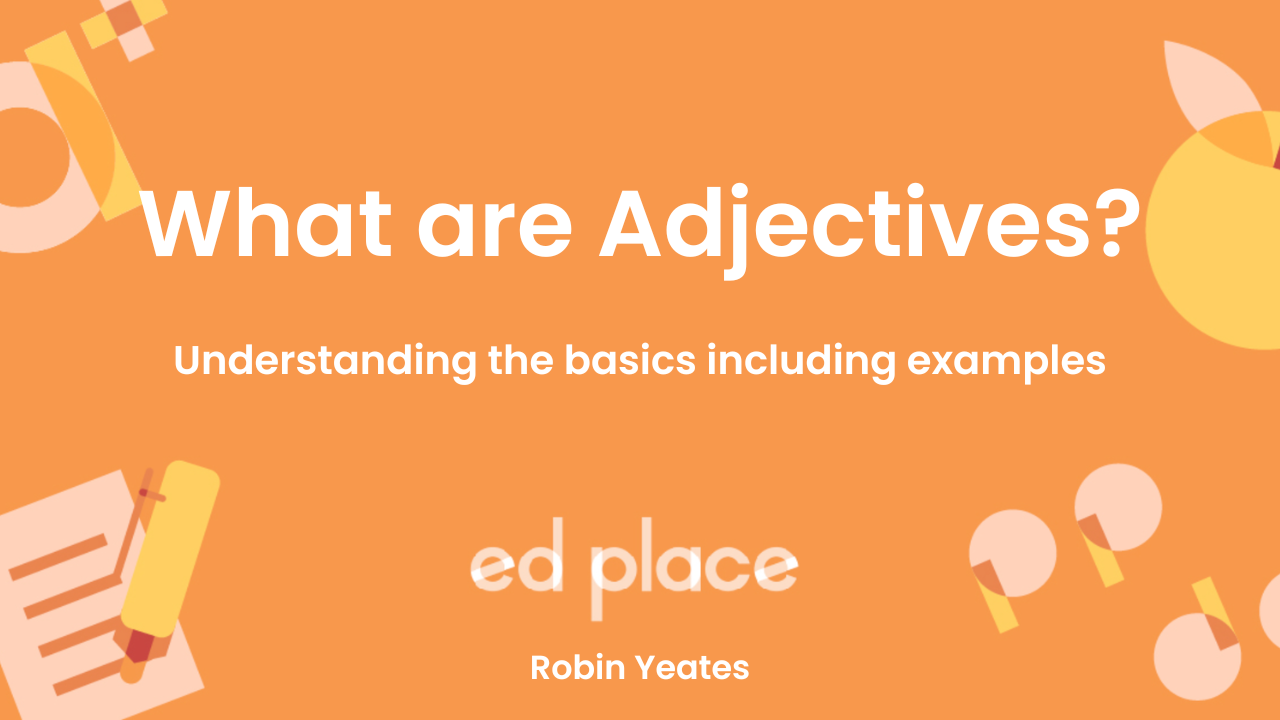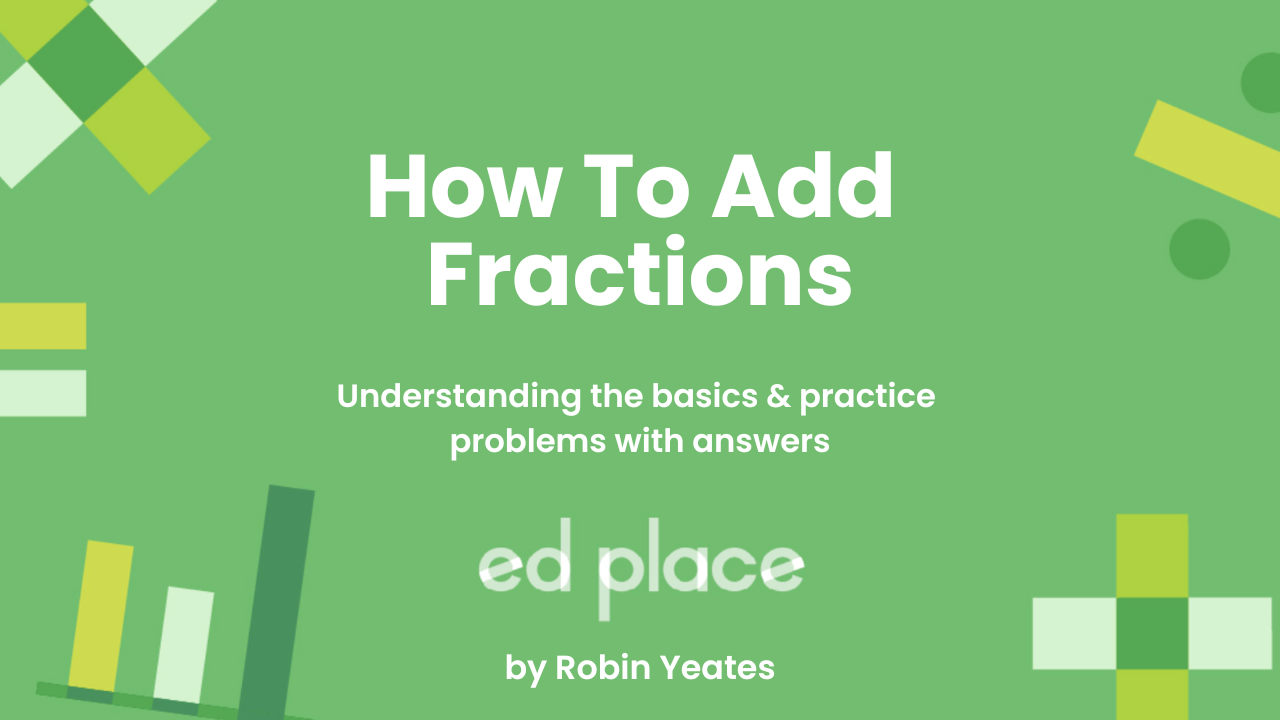Imagine trying to describe your favourite toy or pet without using words that tell you more about them. It would be pretty hard, wouldn’t it? That's where adjectives come in!

Definition and Purpose
Adjectives are words that describe or modify nouns (like "dog" or "tree") - they give us more information and help paint a clearer picture in our minds and the minds of our readers. For example, instead of just saying "The dog," you can say "The big, brown dog." Now, you know much more about the dog just from those two adjectives!
Adjectives are important for a few reasons, but the main one is that they make our sentences more interesting and informative. Imagine reading a story without any descriptive words—it would be pretty boring! Adjectives add colour, size, shape, and feelings to our sentences, making them come alive.
Types of Adjectives
Adjectives come in various forms, each serving a unique purpose in making our language more vibrant and precise. When you know the different types, you can vary the ones you use for different effects. Let's explore the different types of adjectives and how they add detail to our sentences.
Descriptive Adjectives
Descriptive adjectives are the most common you’ll come across. They describe qualities or states of being of a noun or pronoun, providing more information about what something looks, feels, tastes, sounds, or smells like.
Let’s take a look at an example together:
"The blue sky was clear and bright."
"Blue", "clear" and "bright" each describe the colour and condition of the sky, making them descriptive adjectives. It helps us visualise the sky better, and provides more detail that paints a more vivid picture of the sky.
Comparative Adjectives
Comparative adjectives do exactly what they say, they are used to compare two things. They help us understand how one noun differs from another in terms of a specific quality. Typically, comparative adjectives are formed by adding "-er" to the end of a one-syllable adjective, or by using the word "more" before an adjective with two or more syllables.
Take a look at this sentence:
"My puppy is smaller than yours."
"Small" is a descriptive adjective that is referring to the size of the puppy - but the ending of "-er" tells us they are comparing the size of the two puppies, making smaller a comparative adjective.
Superlative Adjectives
Superlative adjectives are used to compare three or more things, showing the highest degree of a quality. They help us understand which noun stands out the most in terms of a specific attribute. Usually, superlative adjectives are formed by adding "-est" to the end of a one-syllable adjective, or by using the word "most" before an adjective with two or more syllables.
Let’s have a look at an example:
"She is the tallest student in the class."
"Tallest" is a superlative adjective, indicating that she has the greatest height. The three possibilities here could be: Tall, taller and tallest. "Tallest" is the superlative adjective.
Possessive Adjectives
Possessive adjectives show ownership or possession. They help us understand who or what something belongs to. These adjectives are used before a noun to indicate possession and include words like my, your, his, her, its, our, and their.
Here’s an example of a possessive adjective:
"This is her notebook."
"Her" shows that the notebook belongs to her, making it a possessive adjective.
Using Adjectives in Sentences
Now that we know what adjectives are and the different types, let's learn how to use them effectively in sentences. Adjectives can be placed in different positions in a sentence to add more detail and clarity.
Placement of Adjectives
- Before Nouns:
Example Sentence: "The red apple."
Explanation: Here, "red" is placed before the noun "apple" to describe its colour.
- After Verbs:
Example Sentence: "The apple is red."
Explanation: In this sentence, "red" comes after the verb "is" to describe the apple.
Expanded Noun Phrases
Expanded noun phrases combine multiple adjectives with nouns to provide even more detail. This technique helps create vivid and specific descriptions.
Let’s try looking at this example:
"The small, fluffy kitten played with a ball."
"Small" and "fluffy" describe the kitten, creating a detailed noun phrase.
Practise Questions
- Identify the adjectives in the sentence: "The old, wise owl perched on the tall tree."
- Convert the descriptive adjectives to comparative adjectives: "The giraffe is tall. The lake is wide."
- What kind of adjective is in this sentence: "This path is the longest path I’ve ever walked."
- Find the possessive adjectives in the sentence: "Her backpack is on the floor, and their books are on the desk."
- Identify the expanded noun phrase in the sentence: "The small, shiny coin glinted in the sunlight."
Answers
- Answer: old, wise, tall
- Answer: taller, wider
- Answer: Superlative
- Answer: her, their
- Answer: The small, shiny coin
Adjectives are powerful tools in our language, bringing colour, detail, and clarity to our sentences. From descriptive adjectives that paint vivid pictures to comparative and superlative adjectives that help us make comparisons, and possessive adjectives that show ownership, each type serves a unique purpose. Understanding how to use adjectives correctly can enhance your writing and speaking, making your descriptions more varied, engaging and precise.
Go further: try out these adjectives worksheets:


.png)
.png)
.png)




